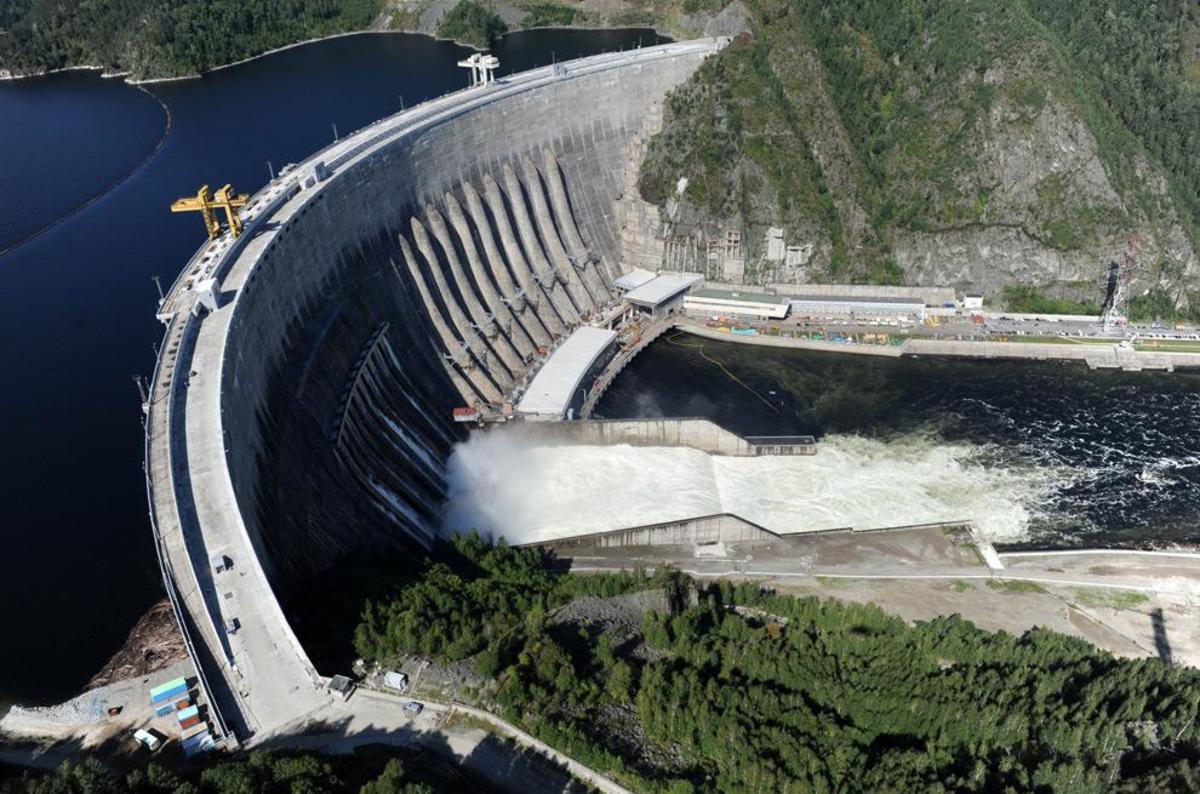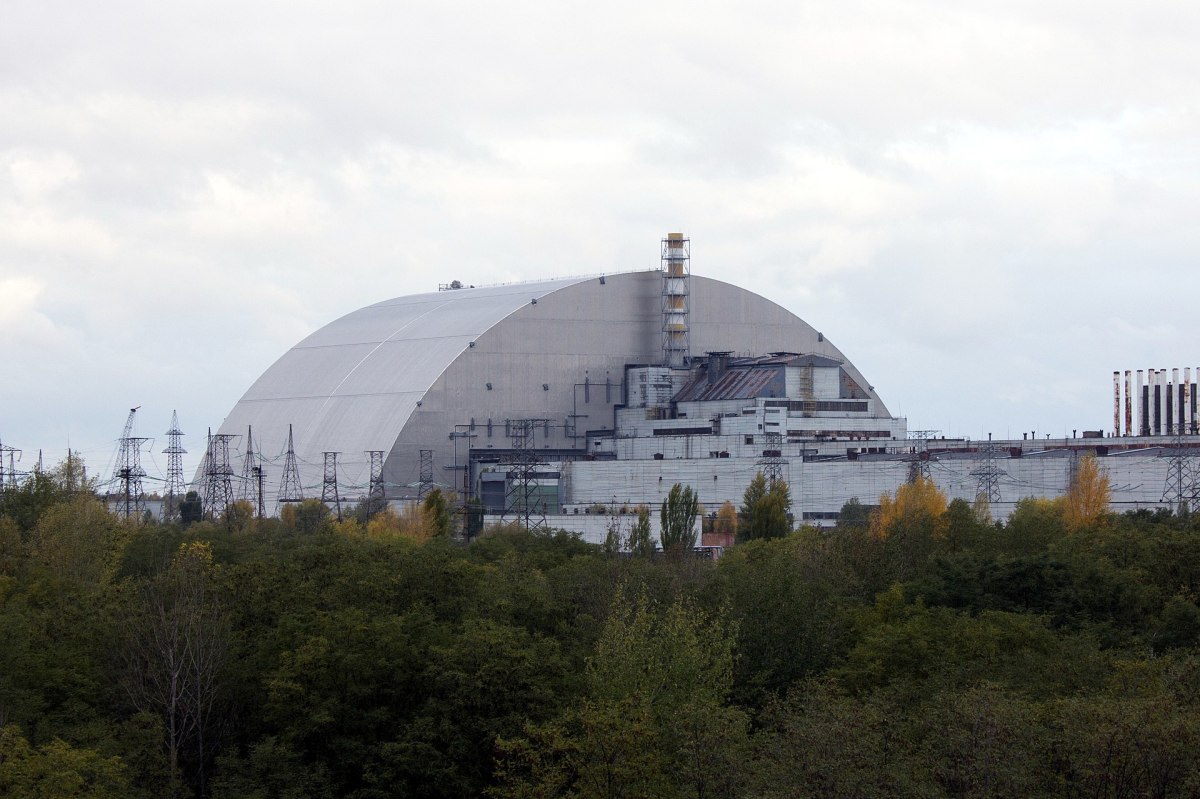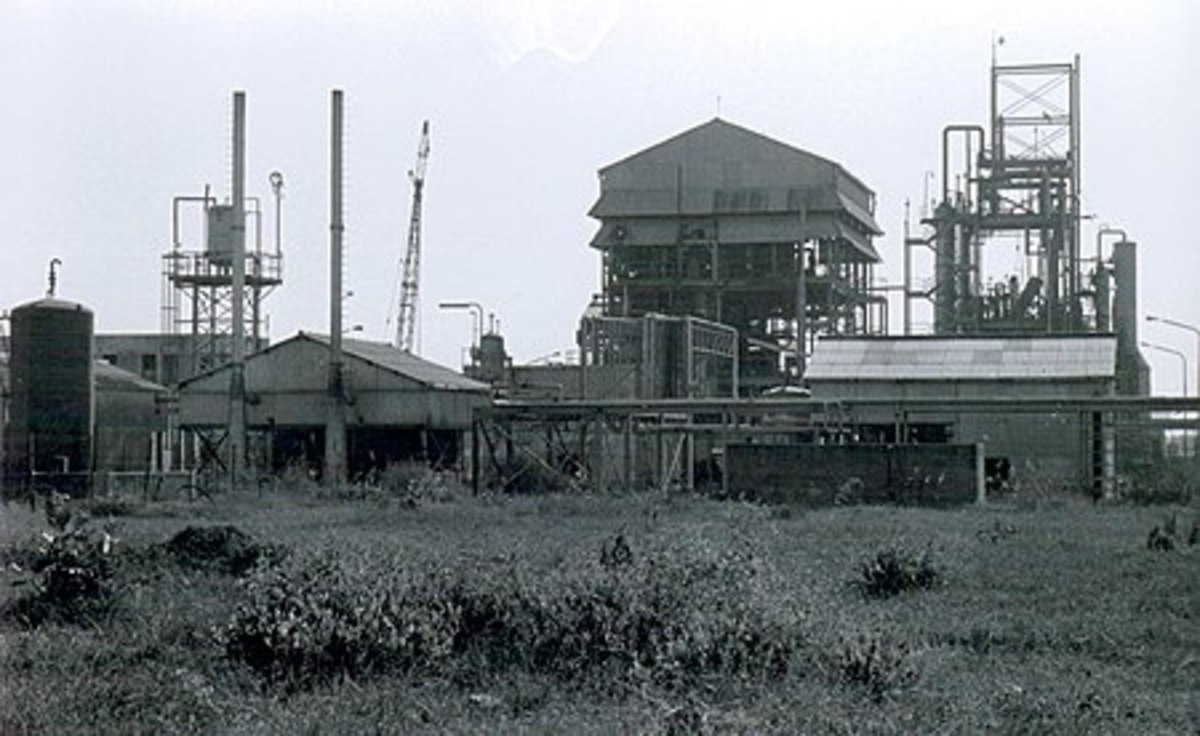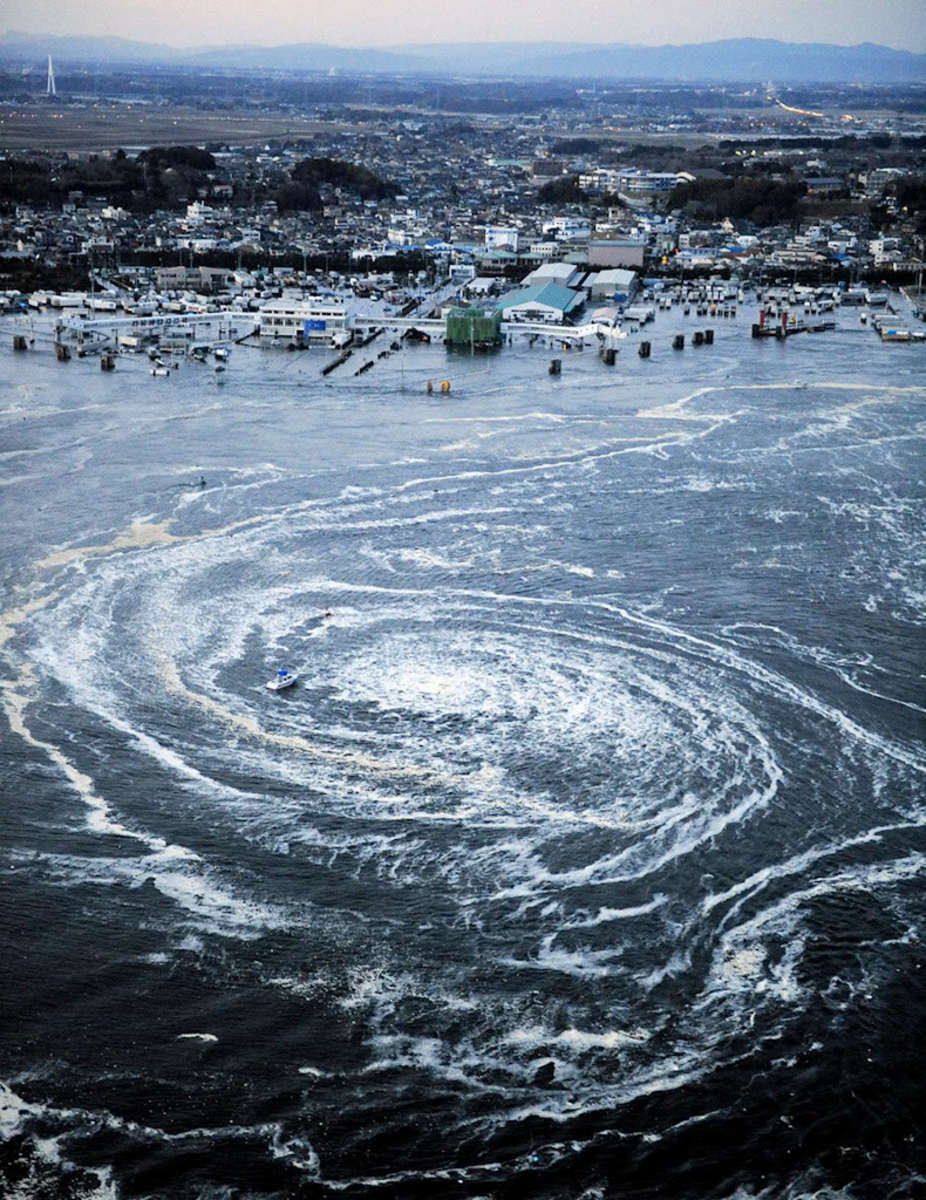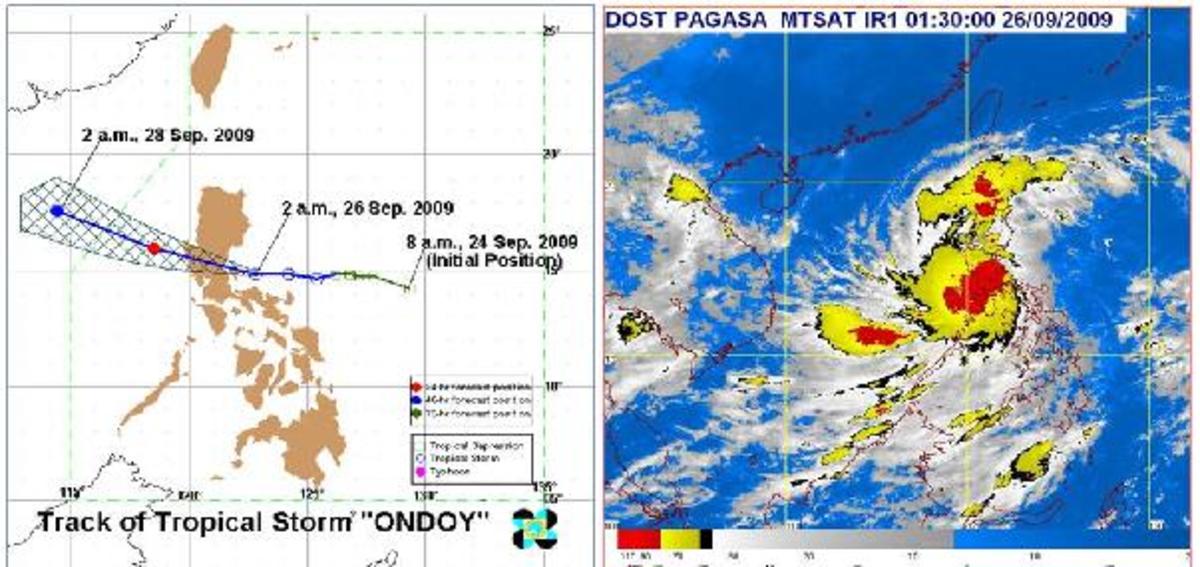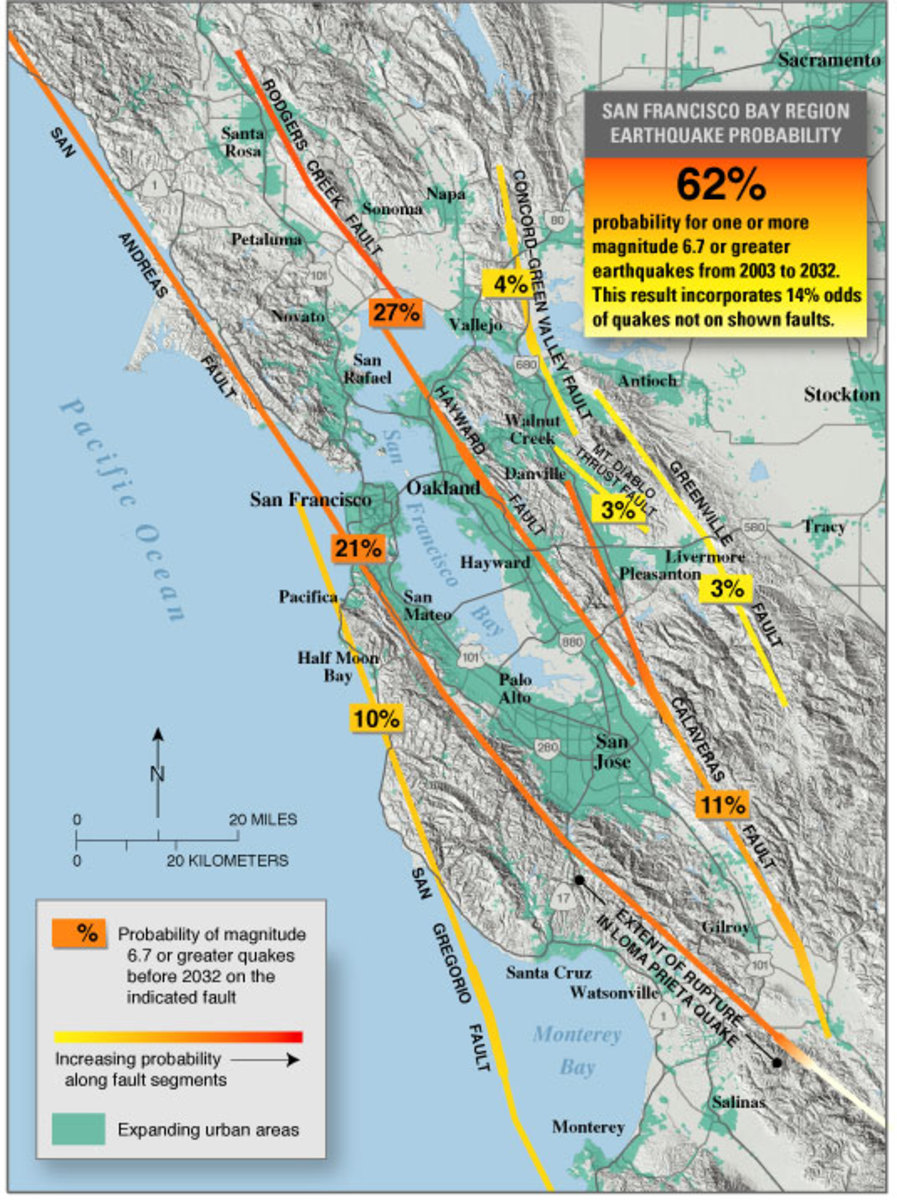Japan 2011: The tsunami that caused a nuclear meltdown
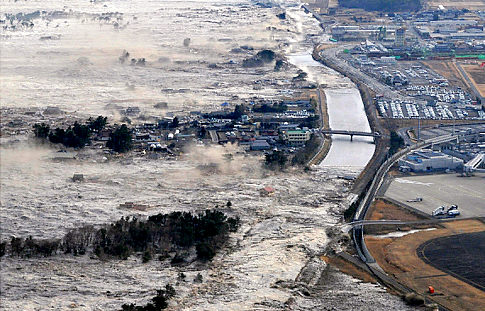
Earthquake and tsunami
An earthquake struck off the north east coast of Japan in March 2011. The massive tremors subsequently caused a powerful tsunami tidal wave to hit the mainland.
The force of the water in the tsunami was so powerful that it destroyed almost anything it came into contact with. Homes were torn up, cars were washed away and trees uprooted. Even enormous ships were tossed around like little toys as the waves surged across the land.
One of the most terrifying aspects of the tsunami, not just for Japan but for the entire world, was the frightening reality of possible nuclear fallout.
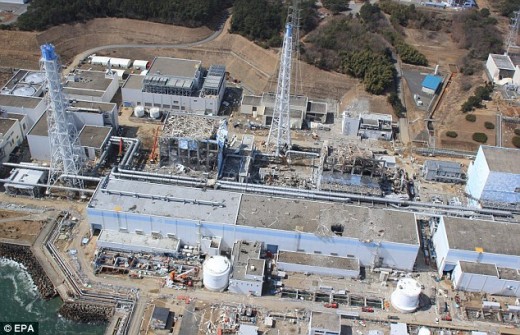
Thousands of homes were destroyed and just as many people were killed after being overpowered by the ferocious water. Many drowned, and many were declared missing, their bodies never recovered.
Japan has a long history of tsunamis - they even invented the word, which means 'harbour wave'. But the tsunami that struck on Friday March 11, 2011, was quite possibly the worst natural disaster in the history of the country.
This came to pass after the Fukushima power plant, in the Fukushima prefecture of Japan, suffered severe damage in the earthquake and the subsequent tsunami. The reactors had only been designed to withstand waves up to six metres high. Unfortunately the tsunami created giant 14 metre high waves that obliterated the power plant.
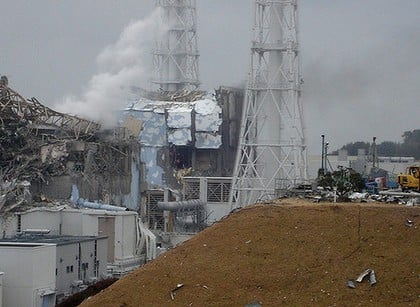
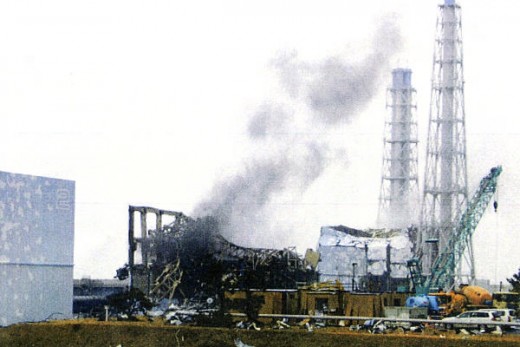
Two of the six reactors at the nuclear plant exploded. Following this, there was a partial meltdown and fires at three of the other units.
The consequences of nuclear radiation that was stored at the plant spilling into the atmosphere were devastating. Radiation levels inside the plant soared to such a degree that it was considered 'suicidal' for anybody to enter the plant.
All the residents living with a 30km radius of the plant had to be evacuated amid fears that they could be contaminated by the radiation leaks. They had to sleep in temporary shelters and wear protective masks and suits.
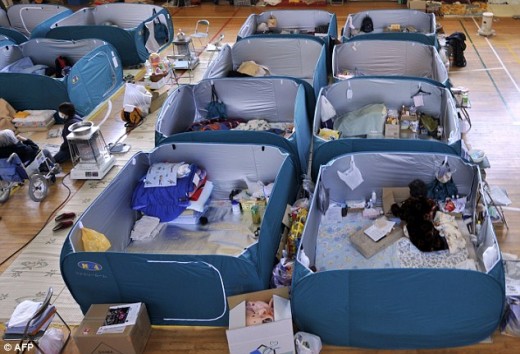
Tsunamis, volcanoes and earthquakes
- What causes a Tsunami?
Tsunamis are a natural disaster with devastating effects. Here you'll find a detailed breakdown of what causes a tsunami, which is perfect for school projects and essay answers. - What are the effects of a tsunami?
The effects of the tsunami on the country during this period range from destruction and damage, death, injury, millions of dollars in financial loss and much more... - The biggest tsunamis in history
The biggest tsunami ever was caused by an enormous 8.3 magnitude earthquake in Alaska on July 9, 1958. A landslide of rock fell into a lake and caused a wave bigger than the Empire State Building. Read more... - What causes an earthquake?
There are more than one MILLION earthquakes a year. Where will the next one strike? Find out here why earthquakes happen and how you could be affected by the tremors. - What causes a volcano to erupt?
Volcano eruptions produce stunning scenes of fiery lava shooting up from the depths of the earth. There are thousands of active volcanoes in the world - find out how they are formed and which will erupt next.
Such were the global concerns of a nuclear epidemic spreading from the tsunami-ravaged country that even people fleeing Japan through airports wore protective masks and they had to be screened before entering different regions.
A nuclear cloud was claimed to have been spreading across the ocean towards the west and some experts suggested that food could be contaminated by the fallout.
As the panic surrounding the nuclear fallout grew, Japan as a country was faced with the struggle of not just cleaning up after the tsunami and still trying to find survivors, but also attempting to prevent more radiation from leaking from the damaged power plant.
This was an ongoing struggle that is believed to have cost the country billions and billions of dollars.
A number of plans were drawn up by officials in the government.These included using concrete to virtually entomb the damaged reactors and prevent the spilling out of more nuclear particles.
Other ideas were to seal the damaged sections of the plant by building cases around them.
Groups of nuclear workers were sent inside the plant to attempt to stem the leaking radiation. They were branded the 'Fukushima 50' by the media.
The men worked day and night to try to avert disaster at the plant. Many doctors said that they would suffer from the effects of radiation poisoning in the months and years to come.
As the repair operation continued, and it became clear that the problem was not an easy one to fix, more workers were sent to the plant.
After a few weeks there were up to a thousand men trying to contain the disaster.
Japan's nuclear safety agency said that radioactive iodine inside the plant was as high as 3,355 times the legal limit. There were also serious concerns about the level of uranium inside the plant.
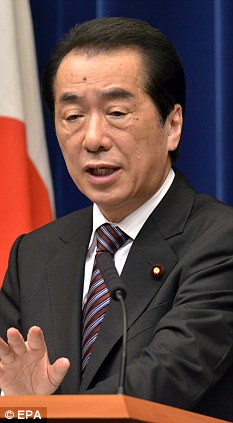
Even six months after the tsunami disaster that struck the plant it was still leaking radiation. Many of the 80,000 people who were evacuated were still living in temporary accommodation and there was a ban on going within 12 miles of the plant.
Once measurements had been taken, independent officials said that the tsunami had caused the plant to release 15 per cent of the radiation that had leaked from Chernobyl in the Ukraine in 1986.
Although other parts of Japan slowly began to recover by cleaning away debris and rebuilding homes, the Government said that nobody would be able to live in the area of some 20 miles near the power plant for the next two decades.
The Japanese Prime Minister Naoto Kan stepped down after the tsunami. He was criticised for the nuclear fallout. There was some controversy about the safeguards that had been put in place to prevent a disaster caused by a tsunami or earthquake.

